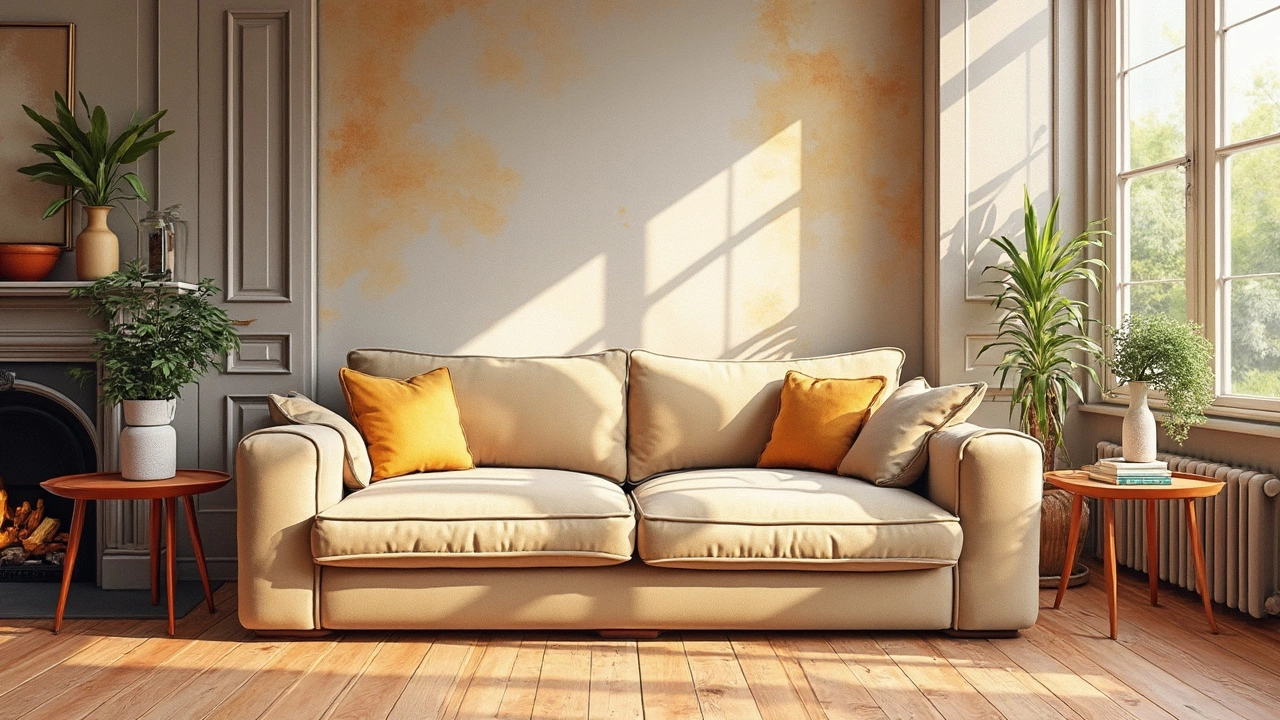End Tables: Stylish, Functional Picks for Every Living Space
If you’re scrolling through a room and notice a blank spot next to the sofa, you’re probably missing an end table. That little piece of furniture does more than hold a lamp – it ties the whole living area together. In this guide we’ll break down why end tables matter, how to choose one that fits your style, and quick tricks to make them work in any room.
Why End Tables Matter
First off, an end table gives you a handy surface for drinks, books, or a remote without cluttering the floor. It also adds a visual anchor, balancing the weight of a sofa or armchair. When you pick a table that reflects your décor – whether it’s a reclaimed wood piece or a sleek metal design – you instantly boost the room’s personality.
End tables are also great for tiny spaces. A narrow, high‑legged table can fit into a slim gap without stealing floor area. And because they’re usually lightweight, you can move them around as your layout changes. That flexibility is perfect for folks who like to switch things up often.
Choosing the Right End Table for Your Space
Size matters. Measure the height of your sofa or chair first. A good rule of thumb is to keep the table within 2‑3 inches of the seating height. This keeps your elbows comfortable and your look cohesive. If you have a deep sofa, a wider tabletop gives you more surface without looking cramped.
Material counts. Rustic Social’s collection leans toward reclaimed wood, metal, and mixed‑media pieces. Wood adds warmth and works well in cottages or cabins, while metal offers an industrial vibe that’s easy to clean. If sustainability is key, choose tables made from salvaged timber or responsibly sourced bamboo.
Style matches. Think about the overall vibe you want. A round, carved wood table pairs nicely with a cozy, farmhouse sofa. A rectangular glass top can lighten a bold, modern lounge. Mixing textures – like a metal frame with a wooden top – adds visual interest without overwhelming the space.
Function adds value. Some end tables come with drawers or shelves for extra storage. If you’ve got a small apartment, a table with a hidden compartment can hide chargers, magazines, or remote controls. For a minimalist look, stick to a simple surface and let other storage units take the load.
Finally, placement is key. Put the table directly next to a seat for easy reach, but leave at least a few inches of breathing room so the area doesn’t feel blocked. If you have a corner sofa, a tapered end table can slide neatly into the angle without sticking out.
Whether you’re furnishing a new home or just looking to upgrade a corner, an end table is a quick win. It’s affordable, versatile, and instantly lifts the look of any room. Browse Rustic Social’s range for pieces that blend rustic charm with modern practicality – you’ll find a table that fits your style, budget, and space.
Should End Tables Be Higher or Lower Than Your Couch?
Choosing the right height for end tables compared to your couch can impact both functionality and aesthetics. In this article, we explore whether end tables should be higher or lower than your couch. We consider practical aspects like ease of use and reaching items, as well as the visual harmony within your living room. Get practical tips and interesting insights to make the best choice for your space.
More
